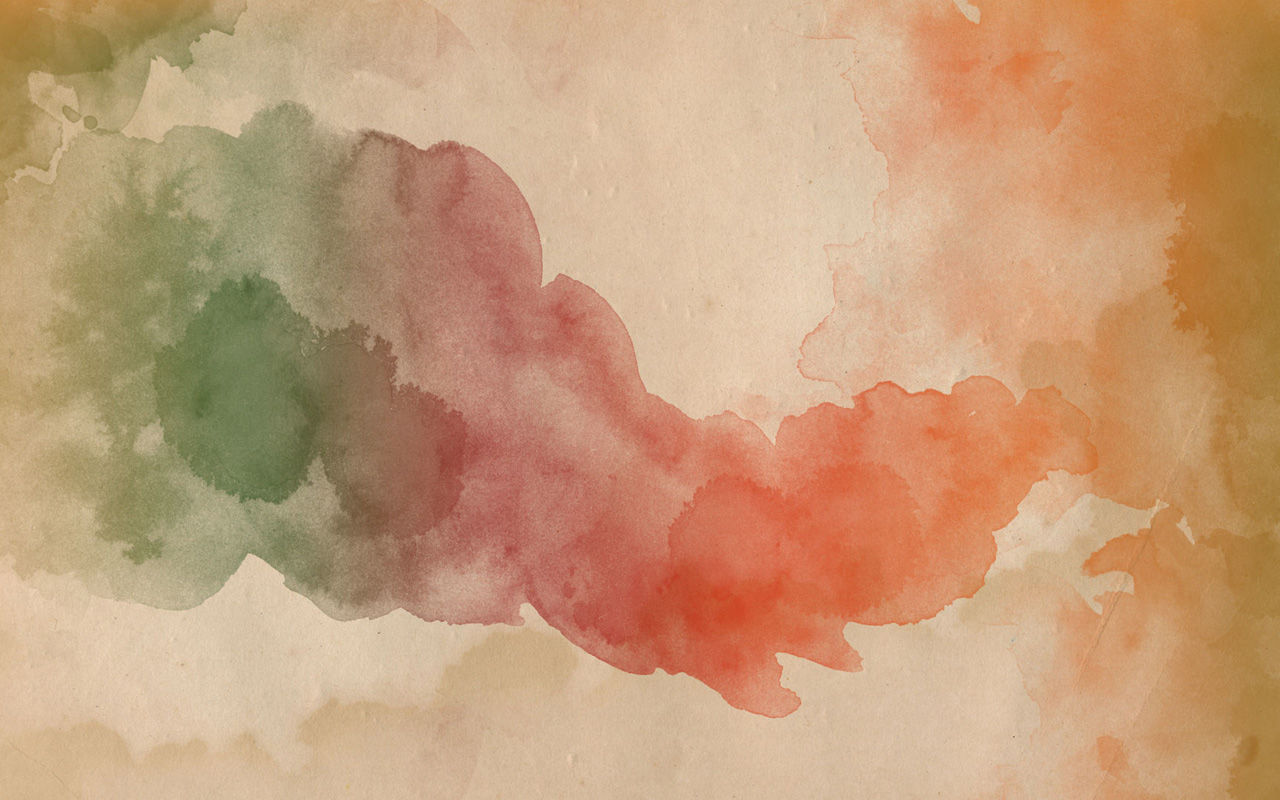

28 year old Richard Bishop was far too young to suffer from bleeding ulcers. The truth is, he only had himself to blame. He had embraced the rugged life of a crewman on board a freighter whose captain loved to boast about record breaking hauls. They carried iron ore pellets to various ports throughout the Great Lakes region and did so with determination and pride.
Bishop was the ships’ cook. But this crew, only 29 sailors serving aboard the largest ship in the region, was a skeleton crew. There was no such thing as down time. The days were long and tiresome and carried with them all sorts of stress. Bishop, like the rest of them, was on call 24/7. It was hard work and it could only be shaken off with hard drinking.
He had been ashore, in the care of a doctor, for almost a month when he was called up. His physician said he would clear him for work again as long as he was not experiencing any discomfort. But Bishop’s abdominal pain and nausea were too much for him to bear that day. He called in sick.
“These damned, idiot kids!” exclaimed 62 year old Robert Rafferty. “They can’t handle their liquor and don’t know the first thing about hard work.”
Rafferty wasn’t in good health either. He was 62 and almost retired. He was Bishop’s replacement.
“This is it!” he told his wife, Brooksie, “This is the last one. I am done. I have spent too much of my life away from home. I don’t want to die with anymore regrets than I already have.”
And so Bishop stayed home while Rafferty and the rest of Captain Ernest M. McSorley’s crew set out from Burlington Northern Railroad Dock Number 1 in Superior, Wisconsin. It was the last time Rafferty ever spoke with his wife. Weather conditions over the area deteriorated rapidly and the S.S. Edmund Fitzgerald went to the bottom of Lake Superior on November 10th 1975.
“Richard Bishop lived a haunted life,” wrote author Robert J. Hemming in his book The Gales of November. “He was unwilling to talk about the ship or the men who died in her. He refused to share his pain with even his closest friends. In his dreams, he heard the same bitter question, over and over again, ‘why me?’”
Hemming went on to say that this was typical of shipwreck survivors. “They stare out into the abyss unable to create meaning for themselves. They flounder, wallow in depression, leave families and jobs, dream of trading places with the dead, become suicidal, and remain profoundly saddened their whole lives.”
Ship wreck survivors are very much like ships themselves. They can be built tough as nails and capable of withstanding the most difficult conditions imaginable. But they are not created to withstand the rogue waves that sometimes come out of nowhere.
There are various theories as to what brought down the S.S. Edmund Fitzgerald. One idea purports that she was a victim of a phenomenon known as the three sisters. This anomaly is described as not just one rogue wave but a series of 3 successively bigger, monster waves. The first two hit you hard and then the third one takes you out completely.
The waves of survivor guilt come at you like this. They hit you again and again. The waves just never stop coming.